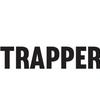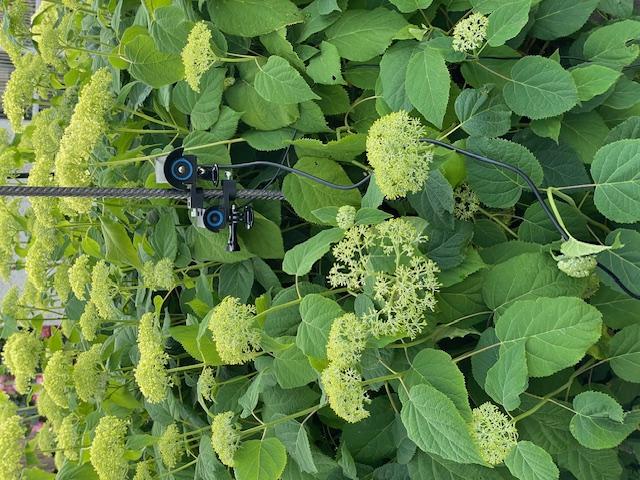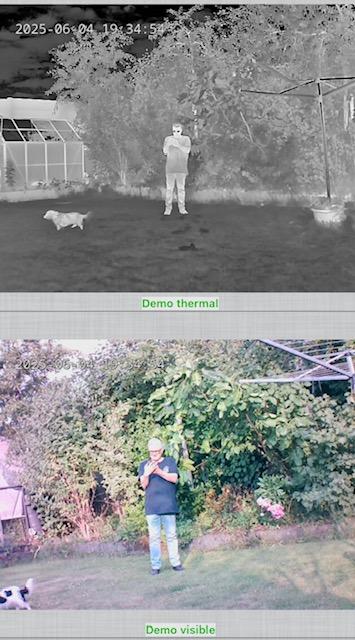Hi everyone,
We all know camera traps are great at telling us what species showed up, where and when—and sometimes even temperature data. But is that all we’re getting from this vast, growing ocean of images?
At Open Science Conservation Fund, we believe there's much more to be learned from camera trap datasets—especially long-term collections, whether already integrated in platforms like TRAPPER or still stored offline on hard drives in drawers.
The big question: How can we "milk the cow" better—without wasting any of this precious data?
Many camera trap projects still focus only on detecting species presence, while a lot of the broader ecological value remains unused. Yet, camera traps are passive environmental sensors. With the right approach, they can help us study:
- Microclimatic conditions (temperature, snow cover)
- Vegetation phenology
- Human activity (hunting) and disturbance
- Long-term changes in animal behavior and habitat use
We’d love to hear from you:
- What hidden gems have you found in camera trap data?
- Any clever approaches to repurpose this data for broader ecological or conservation insights?
Let’s stop thinking of these cameras as single-species monitors and start treating them like passive environmental sensors with huge untapped potential.
Share your thoughts, methods, or even frustrations—let’s rethink how we use this goldmine of data! 🐾💡
If this conversation is already happening somewhere else, we’d be happy to join in.
28 May 2025 3:21am
This is an interesting thread! Besides the true activations from animal motion and the false activations from false triggers, should we also be capturing periodic images for broader passive sensing? Do any camera traps support periodic/timelapse imaging as well as motion-based triggering?
@mclapham Do you have any interesting findings from the BearID Project camera traps?
30 May 2025 1:13pm
If you are looking for a Camera that offers a motion detection and time lapse at the same time there is a brand called Gardepro Trail Cameras that offer this feature. It is not available on all models so do some research on the particular model that you buy. They call it Hybrid mode. I use a lot Gardepro Trail cameras and I have been generally pleased with the brand. None have died and they are generally affordable. They do come from China so they will be subject to current and future tariffs.
2 June 2025 10:48pm
Even analysis of camera trap imagery remains on focal species, there are additional data that can be recovered, under certain conditions.
For example, morphological information that might reveal differences in habitat quality or population differentiation:
https://doi.org/10.1002/ece3.11612
https://doi.org/10.2192/URSUS-D-22-00012.1
https://doi.org/10.7717/peerj.7630
Species interactions as revealed through temporal interactions:
https://doi.org/10.1111/oik.09004
Adding consideration of broader ecological data collection could expand the utility of camera traps as ecological sensors. However, in my experience with different brands and models the temperature data collected by camera traps often don't match the ambient air temperature.
3 June 2025 9:30am
Great, thank you @russvanhorn !
There is also very interesting publication by @Tim_Hofmeester et al., "Using by-catch data from wildlife surveys to quantify climatic parameters and timing of phenology for plants and animals using camera traps" https://doi.org/10.1002/rse2.136 where temperature, snow cover and the timing of leaf emergence were estimated based on data from camera traps.
















Ed Miller
BearID Project
Arm